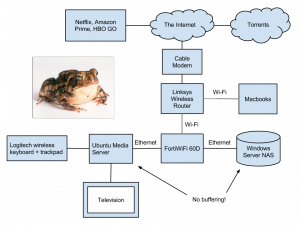There’s a lot of rhetoric swirling around the Lyft debate concerning an evil taxi lobby and macro concerns on Austin’s congestion. I want to dissect the larger discussion apply a sober focus to the most emotionally charged aspect: Safety.
The anti-ridesharing crowd employs a false syllogism.
- Taxi licenses increase public safety.
- Lyft drivers are unlicensed.
- Legalizing Lyft would decrease public safety.
There’s an implicit assumption in this argument: That licensed taxis are the only form of private transportation on the road now. This is utterly false. Anecdotally, about 20% of the cabs I take are illegal and supposedly dangerous.
The dance is a familiar one if you’ve ever spent time downtown. It’s 2:30 am. You’re on San Jacinto or Congress, looking for that illuminated Yellow Cab dome. After 10 minutes with no luck, Joey McRando pulls up in a black SUV and offers a ride. You take seven seconds to size him up and decide that you could choke him to death if it really hits the fan. There’s some awkward bartering and you’re on your way.
Ridesharing apps alleviate the sketchiness of this fairly common situation. Even if their driver requirements are less stringent than taxi licenses, the Amazon-style rating system with stars and reviews is a far better guarantor of safety than me ascertaining the fighting ability of a random person.
Policy decisions should be underpinned by sober assessments of conditions on the ground. There’s a clear pragmatic way to keep me from hopping into random cars in the middle of the night.
Legalize Lyft.
Update 7/7/2014:
Two or three weeks after this post was published, Lyft went from a flaky don’t-hold-your-breath operation to a reliable way to get around Austin. It’s still not legal, but the Lyft Death Star is fully operational. Yeah, buddy.
Update 1/17/2017:
Both Uber and Lyft left Austin in May 2016 after a ballot measure overturning a driver fingerprinting requirement failed. There are several replacement apps but they cost more and none of them seem to work as well. I have been living in San Francisco for years now. This one is on y’all.


